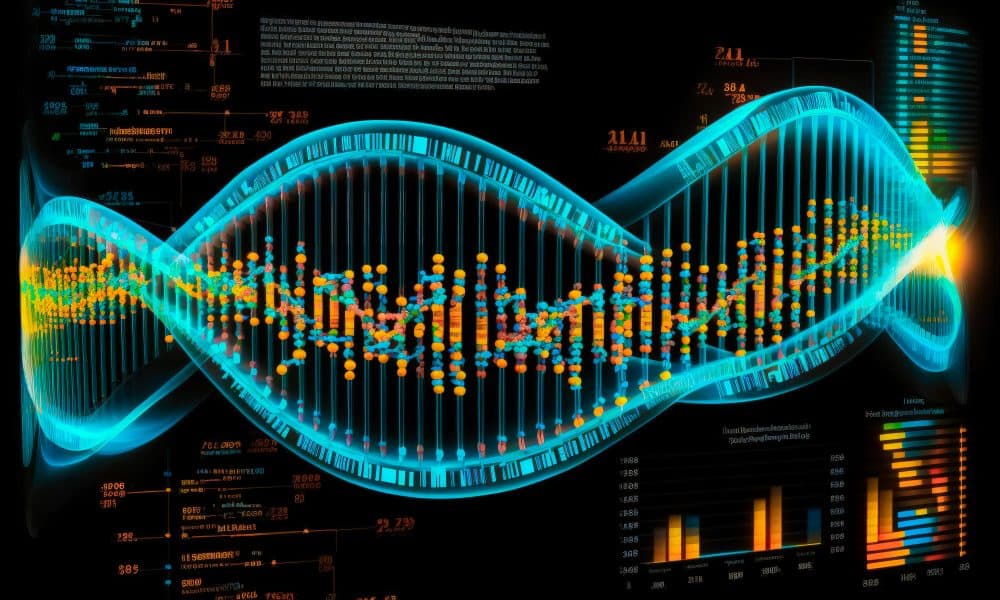
Researchers in the US have developed a simpler, more cost-effective approach to constructing synthetic chromosomes that could significantly advance genetic engineering and enable a wide range of advances in medicine and biotechnology.
CReATiNG works by cloning and reassembling natural DNA segments from yeast, enabling scientists to create synthetic chromosomes that can replace their native counterparts in cells.
The innovative technique allows researchers to combine chromosomes between different yeast strains and species, change chromosome structures and delete multiple genes simultaneously.
Lead researcher Ian Ehrenreich is professor of biological sciences at University of Southern California (USC) Dornsife College of Letters, Arts and Science.
He said: “With CReATiNG, we can genetically reprogram organisms in complex ways previously deemed impossible, even with new tools like CRISPR.
“This opens up a world of possibilities in synthetic biology, enhancing our fundamental understanding of life and paving the way for groundbreaking applications.”
The field of synthetic biology has emerged as a way for scientists to take control of living cells, such as yeast and bacteria, to better understand how they work and to allow them to produce useful compounds, such as new medicines.
Ehrenreich said: “Synthetic genomics […] involves synthesizing whole chromosomes or entire genomes of organisms.
“The thing about most synthetic genomics research is that it involves building chromosomes or genomes from scratch using chemically synthesized DNA pieces.
This is a ton of work and extremely expensive.”
However, until now, there have been no alternatives.
Agilent postdoctoral fellow Alessandro Coradini, who was study first author, said: “CReATiNG offers an opportunity to use natural pieces of DNA as parts to assemble whole chromosomes.”
The new approach makes advanced genetic research more accessible by significantly lowering costs and technical barriers so scientists can unlock new solutions to some of the most pressing challenges in science and medicine today.
The CReATiNG technique could lead to more efficient production of pharmaceuticals and biofuels, aid in the development of cell therapies for diseases like cancer and pave the way to methods of environmental bioremediation, such as creating bacteria that consume pollutants.



